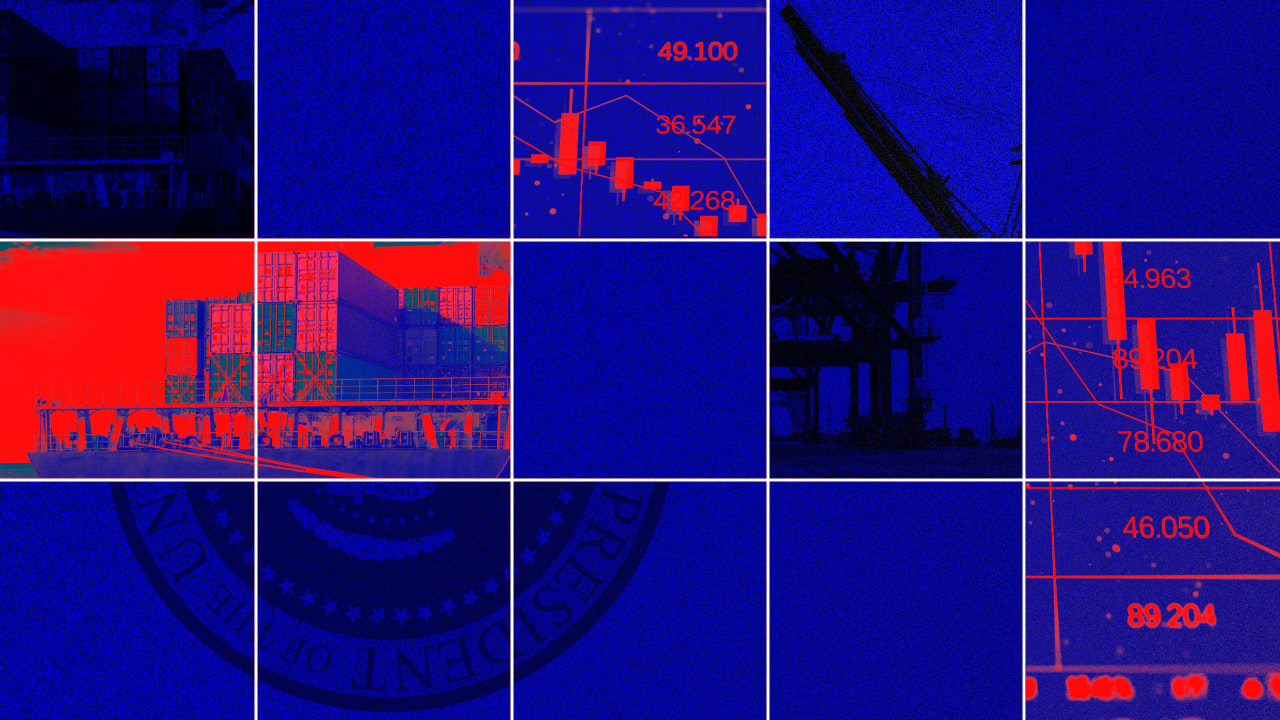Scientists Intrigued by Glowing Cloud Near Our Solar System
Scientists have discovered a gigantic, glowing gas of hydrogen gas lurking just 300 light-years away. As detailed in a paper to be published in the journal Nature Astronomy, the international team of researchers spotted the crescent-shaped gas cloud, dubbed Eos, on the edge of the Local Bubble, an enormous cavity that encompasses the entire solar system. The team discovered the cloud by scanning the skies for ultraviolet emissions of molecular hydrogen, the first implementation of such a technique. Conventionally, researchers use radio or infrared observatories to pick up the chemical signatures. This particular discovery is particularly noteworthy, considering how it […]


Scientists have discovered a gigantic, glowing gas of hydrogen gas lurking just 300 light-years away.
As detailed in a paper to be published in the journal Nature Astronomy, the international team of researchers spotted the crescent-shaped gas cloud, dubbed Eos, on the edge of the Local Bubble, an enormous cavity that encompasses our entire solar system.
The team discovered the cloud by scanning the skies for ultraviolet emissions of molecular hydrogen, the first implementation of such a technique, which they conducted using the far-ultraviolet spectrograph attached to the South Korean satellite STSAT-1. Conventionally, researchers use radio or infrared observatories to pick up the chemical signatures.
"The data showed glowing hydrogen molecules detected via fluorescence in the far ultraviolet," said Rutgers School of Arts and Sciences associate professor and team lead Blakesley Burkhart in a statement. "This cloud is literally glowing in the dark."
The researchers are hoping the discovery could allow them to better understand the interstellar medium, the space between stars, and how molecular clouds of gas eventually go on to form new stars.
"When we look through our telescopes, we catch whole solar systems in the act of forming, but we don’t know in detail how that happens," Burkhart explained. "Our discovery of Eos is exciting because we can now directly measure how molecular clouds are forming and dissociating, and how a galaxy begins to transform interstellar gas and dust into stars and planets."
Eos itself has a mass of roughly 3,400 times that of the Sun, and it could take six million years to evaporate.
"The story of the cosmos is a story of the rearrangement of atoms over billions of years," Burkhart explained. "The hydrogen in Eos has been traveling for 13.6 billion years since the Big Bang."
The cloud eluded scientists for so long because it doesn't emit the usual mix of carbon monoxide gases that have previously been picked up in radio and infrared observations.
Meanwhile, Burkhart and her colleagues are excited about spotting far more distant clouds of hydrogen with the help of NASA's James Webb Space Telescope. As detailed in a draft paper, the team believes that "we may have found the very furthest hydrogen molecules from the Sun," Burkhart explained in the statement.
"So, we have found both some of the closest and farthest using far-ultraviolet emission," she added.
More on molecular clouds: Scientists Detect "Strange Filaments" at the Heart of Our Galaxy
The post Scientists Intrigued by Glowing Cloud Near Our Solar System appeared first on Futurism.






![Experts Don’t Believe AI Tools Will Lead to Mass Job Losses [Infographic]](https://imgproxy.divecdn.com/gcXE1_Da13Oz-JAszjUwb6v5UqMp2MFMjDAIXPbLad0/g:ce/rs:fit:770:435/Z3M6Ly9kaXZlc2l0ZS1zdG9yYWdlL2RpdmVpbWFnZS9haV9qb2JfbG9zc2VzLnBuZw==.webp)



















































































































































































